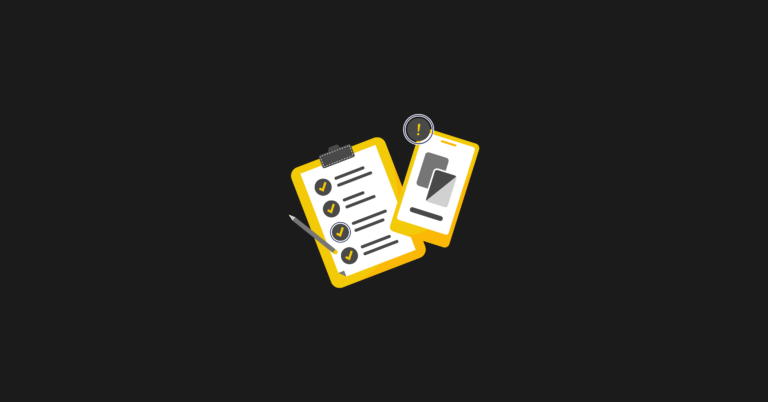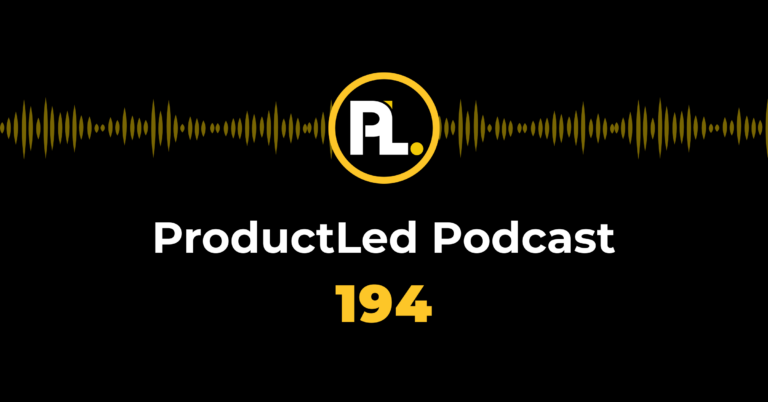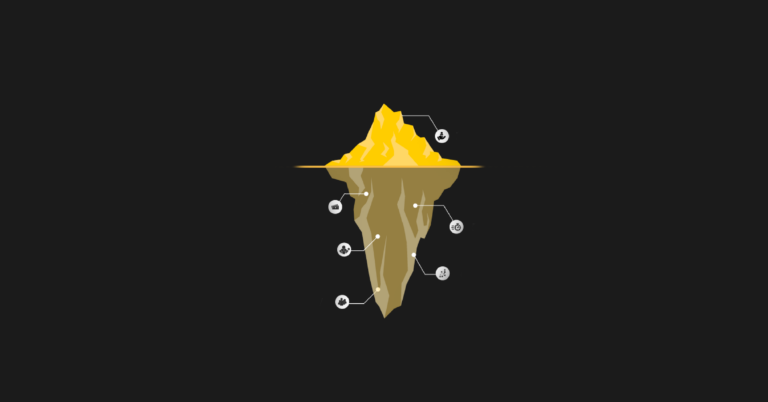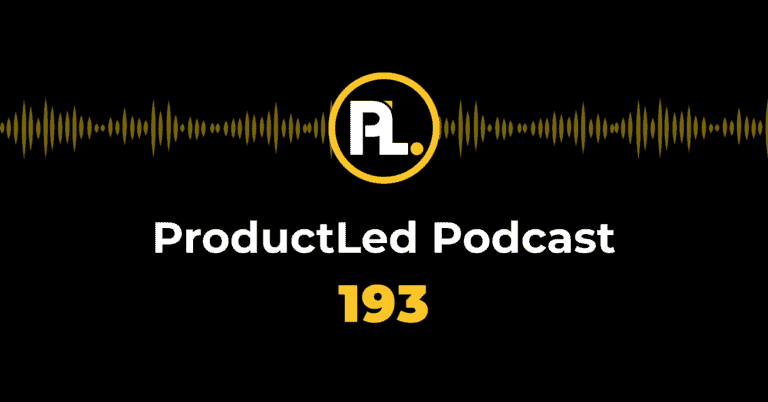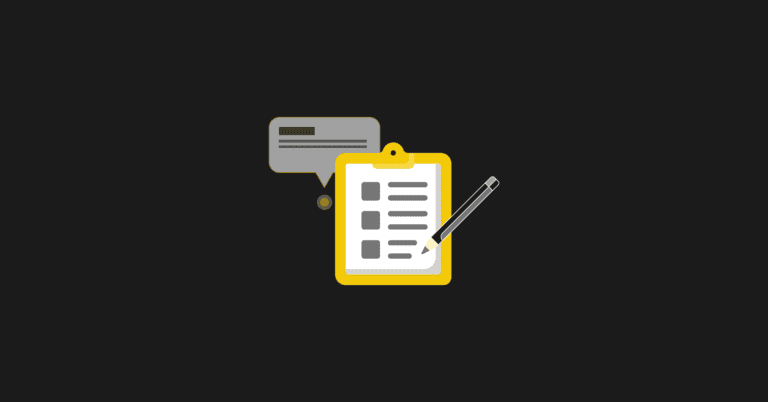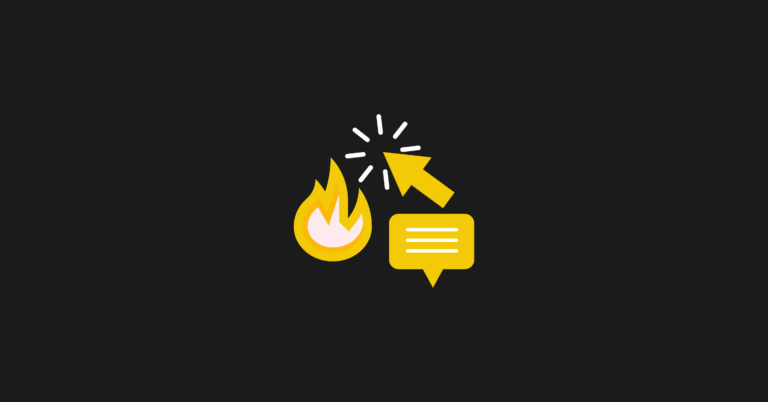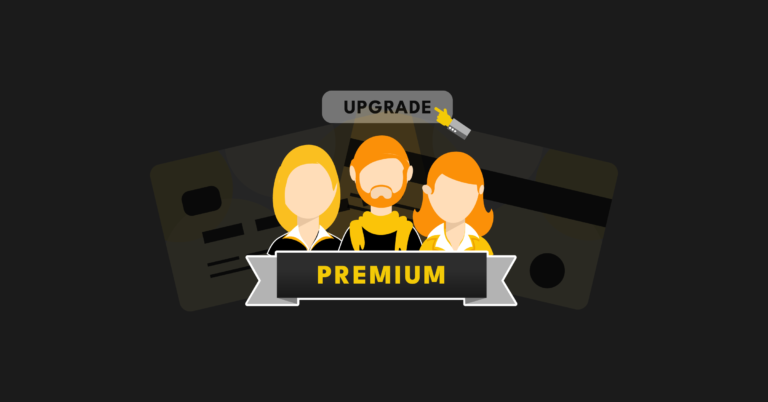‘Above the fold’ is the top section of the website that’s visible to a user without having to scroll down. Its impact on conversions is massive. Ignore this area and users will ghost your product. Optimize it and you’ll revel in the riches of a sky-high conversion rate.
To achieve this and get people clicking on your freemium or free trial, your copy above the fold needs to be persuasive and trigger a variety of emotions from the get-go. OK, great. But how can you actually do this?
Well in this blog I’m going to show you how by outlining five conversion copywriting hacks that I’ve used to boost my client’s homepage conversion rate by 11%, helping them to transform website visitors into product-qualified leads further down the line.
It’s nothing complicated, I promise.
Just simple copywriting principles that will take your product one step closer to where it should be – in the hands of your customer. Things will be a lot clearer by the end of this blog.
Right.
Ready to get started?
OK. Let’s dive straight in.
Provide benefit-driven copy
Picture this. A user heard about your business. They’ve just landed on your website. And all of the copy above the fold just talks about who you are, where you’ve come from, and what your product is. Now you’re on the back foot.
Why?
Because you never communicated the value of your SaaS solution. Remember, your customers are only thinking about what problems your product can resolve.
‘What’s in it for me?’ is what will be running through their minds when they read your copy.
Don’t get me wrong - there’s a time and a place to talk about your company but it’s not above the fold.
And so, your copy has to be customer-centric. In other words, you have to highlight the benefits of your product to demonstrate its value to the customer. Here are two examples to show you what I mean.
Which one do you think is benefit driven?
Option B.
All. Day. Long.
Option A is something that we see all the time on SaaS websites – copy that talks about me me me.
‘Pioneering the world of video messaging’ is self-centered, not doing us any favors in our pursuit for a conversion. The subcopy is an improvement because it does explain the core functionality of Loom’s product: ‘record quick videos and easily send them to your colleagues.’
But my problem with it is this…
So what?
Why would this benefit your target audience?
You need to dig deeper in your copy until the benefit hits the pain point right on its head (I expand on this below). Do this and you’ll leave an emotional impact on the reader that’ll create a subtle buzz of curiosity and excitement, compelling them to discover more about your solution.
Option B, in contrast, is a stellar example of what benefit-driven copy should look like and helps readers visualize the advantages of using Loom.
Here’s how they’ve done it.
Allows you to visualize a tangible outcome
Right from the get-go, the copy makes the reader imagine the outcome of using Loom - no meetings. Fantastic. Meetings get a bad rap for being unnecessarily time-consuming and somewhat boring. Some of us know this more than others.
As a result, the copy here will likely have some emotional resonance with business managers who’re tired of being shackled to long meetings.
Cutting this down by nearly a third (29%) is a tantalizing thought and one that may push many to try Loom’s freemium.
Uses antithesis to emphasize the value
Antithesis is a sound bite – a writing trick that can capture the reader's attention and communicate a message in a snappy and memorable way. Loom is really clever with it here:
Loom on.
Meetings off.
By using antithesis, this statement highlights a sharp contrast that draws attention to the idea that Loom can be used as an alternative to meetings (on vs off).
It’s nice, concise, and says so much in so few words.
Provides specificity to drive persuasion
Which of these sounds more persuasive?
- We had 6,351 users last month
- We had over 6,000 users last month
Most of us would choose the first one. Why?
Because the number is specific, making it seem less likely that this figure has been plucked out from the sky. Specificity is persuasion and you should use it whenever you get a chance in your copy.
Stating that the product can cut meetings down by 29% makes it sound like there’s been some research behind these figures, making your copy seem more credible.
Target customer pain points
Your product is there to solve a problem, so communicate it. When you communicate a benefit make sure to tie it in with your target market’s pain point. Fail to do this and your copy won’t resonate.
Before putting pen to paper, or finger to keyboard I should say, list out your customers’ biggest pain points and then target them in your copy. Doing this will communicate that you understand their needs, desires, and problems.
Here’s how Avanan did it.
Avanan
Customer pain point: Scared of cyber attacks.
Why the copy is powerful
Avanan immediately communicate the value of their product - they protect you from data loss, phishing, and account takeover (the pink text alternates between these three on the live website).
They then explain the overarching benefit of their software in the sub-copy: that no cyberattack will ravage your inbox. Boom.
Communicate credibility
‘Why should I trust you?’
This is what every visitor will think when they land on your website. Your copy needs to give the prospect a reason to trust you, so give it to them. There are a number of different ways you can do this above the fold.
Showcase the number of users of your products
This is a simple but powerful trick. Here’s why:
- Social Proof: providing social proof that others have found value in the product, and this can increase trust in it.
- Perception of Credibility: When users see a large number of people using a product, they are more likely to perceive it as credible, established, and trustworthy. This can lead to a higher conversion rate and increased sales.
- Competitive Advantage: Displaying the number of users above the fold can help differentiate your product from competitors and create a perception of superiority.
Let’s see how Kajabi have used this concept.
More than 25,000 users? These guys must be doing something right.
Proving that there are this many users will create a sense of FOMO (fear of missing out), nudging visitors closer to a conversion. Now, I would argue that the copywriter here has missed a trick. Remember what I said about being specific with numbers?
Saying that you’ve helped 25,671 business owners instead of over 25,000 is more precise. And what does being specific help with? Driving persuasion.
It’s no cardinal sin.
But…
It’s a simple way we could sharpen the copy further to give it that extra edge.
Anyway, moving on…
Show off the big brands that are using your product
Above the fold is not a place for you to be modest. If recognized brands are using your product then show it. An easy way to do this is to place the brand names in a banner below the center copy.
Here’s how HotJar has done it.
Panasonic. Decathlon. TechSmith. Microsoft. Nintendo. HubSpot.
If they all trust HotJar, then why wouldn’t you?
Remove commitment
Businesses are wary of anything that locks them into a financial commitment. Even if your product is free, users may not be willing to give their credit card details for a trial period. But there’s an easy way to remove this barrier. Let’s see how Calendly has managed it.
By stating no credit card required, Calendly is expressing their assurance in the excellence of their service and are open to allowing customers to test it without any financial commitment or risk.
It also persuades potential customers to test their product by removing the perceived barrier of commitment, making users think what have I got to lose?
And because of this, you’ve made the decision to sign up for a free trial or demo even easier.
Now you’re one step closer to a conversion.
Make your product sound easy to use
Businesses face enough complexity in their day-to-day lives and they don’t want a product that compounds this issue.
Sure, it may solve a problem, but at what cost? A week of trial and error to understand the ins and outs of your solution will never bode well. You never want your product to sound intimidating.
But you can easily remove this apprehension in your copy by using key words and phrases that emphasize the ease of use of your product. Here’s a small list you can steal:
- Simple and intuitive interface
- User-friendly
- Effortless navigation
- Easy to get started
- Intuitive design
- No code
- Effortless setup
- Seamless user experience
- User-focused design
Check the example below. What phrases do Akkio use that make their product sound easy to use?
‘Go from data to AI in 10 minutes’ - So I can create AI models in just 10 minutes? Fantastic. This sounds simple and easy to get started.
But it gets better.
Akkio takes it one step further by saying no code and no data science skills required.
Both of these terms suggest that even newbies can tap into the magic of their software.
Conclusion
Your copy above the fold is crucial to getting users to try out your product - fail to get this right and you’ll fall at the first hurdle. It all boils down to persuasion, which you can achieve if you include the five conversion copywriting hacks outlined in the article.
Doing so will trigger a range of emotions that all instill trust, communicate credibility, and demonstrate value, each of which will eliminate friction and compel users to click on your CTA.
And what does this lead to?
More sign-ups. More profit. And more growth.

